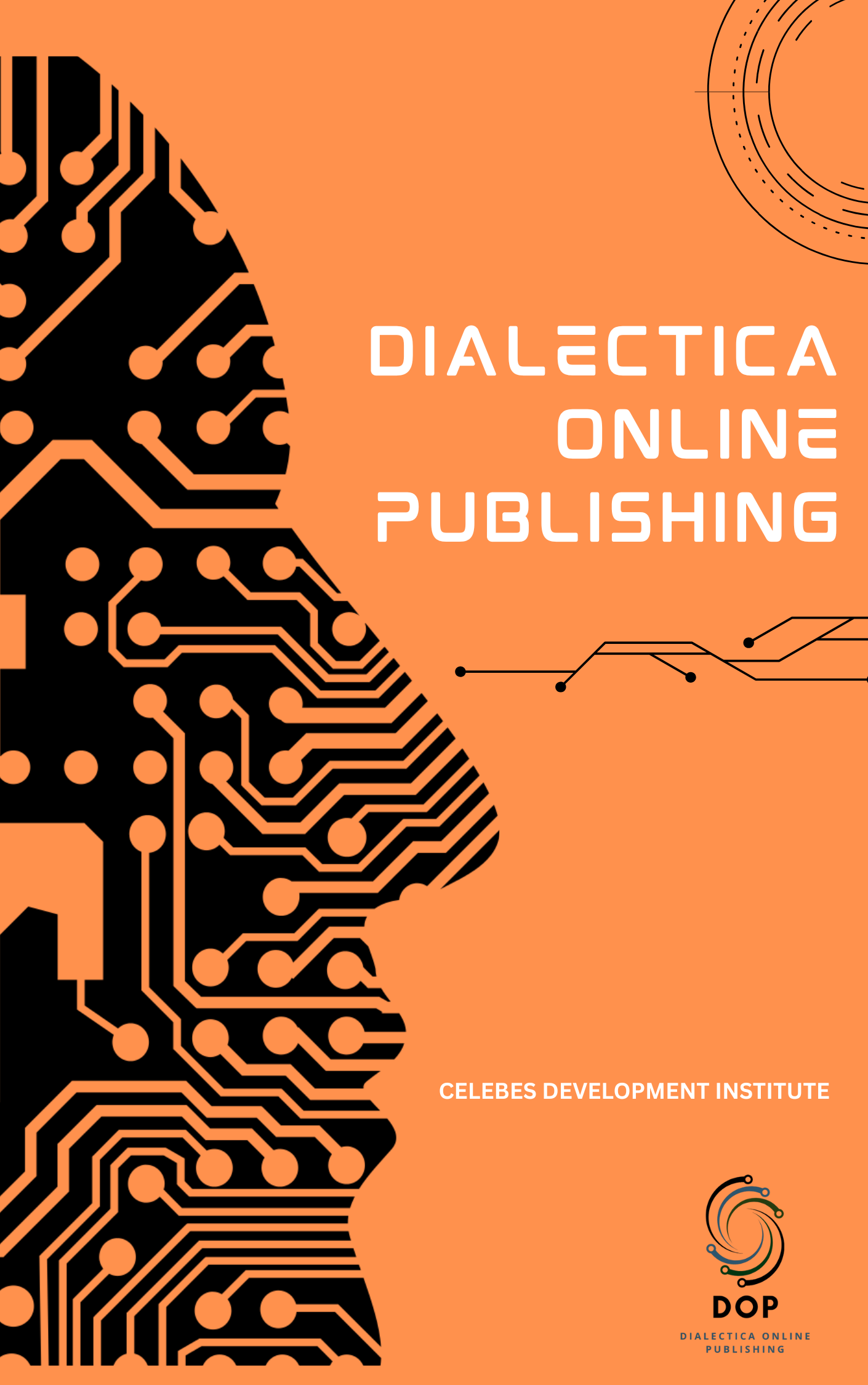Counter-Myth Representation In The Multimodality Of TV Advertisement:Wardah Halal From The Beginning
Keywords:
Counter-myth representation, multimodality, TV advertisement, semiotics, beauty cultureAbstract
Cosmetic advertisements often serve as a medium for constructing and reinforcing certain dominant myths about beauty in society. This article aims to examine the phenomenon of Wardah's cosmetic advertisement as a form of counter-myth representation related to the identity of Muslim women in Indonesia. The main focus of this study is the analysis of counter-myth representations in the television advertisement Wardah: Halal dari Awal (“Halal from the Beginning”), using Roland Barthes’s semiotic theory and Umar Junus’s concepts of culture and meaning construction. Barthes’s semiotics is employed to explore how the advertisement both constructs and challenges established beauty myths, particularly in the context of halal cosmetic products. Meanwhile, Umar Junus’s theory helps to interpret how the meaning-making process in the ad reflects the sociocultural context of Indonesian Muslim society. This research adopts a qualitative descriptive method by analyzing the visual, verbal, and audio elements of the advertisement to uncover the embedded meanings. The findings reveal that Wardah: Halal dari Awal goes beyond promoting halal cosmetics, it offers a redefinition of beauty norms that are more inclusive. The advertisement portrays Muslim women as confident, modern, and religious, while reinforcing religious values within beauty discourse. In doing so, it constructs a counter-myth to conventional beauty standards, which are often rooted in Western ideals. More than just a marketing strategy, Wardah’s advertisement functions as a cultural medium that voices diversity and spiritual values within the modern beauty industry.










